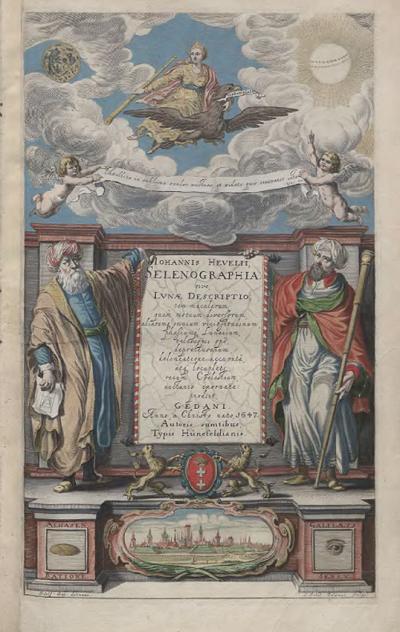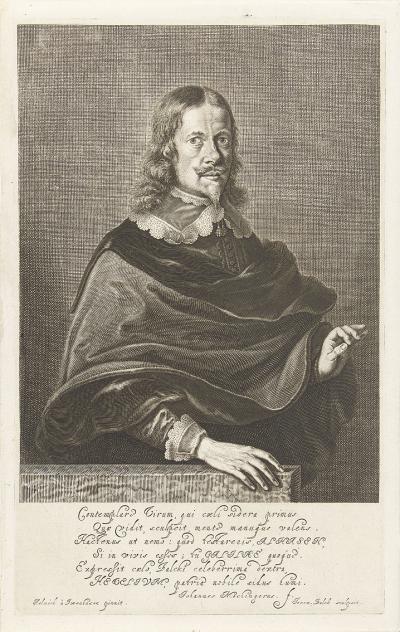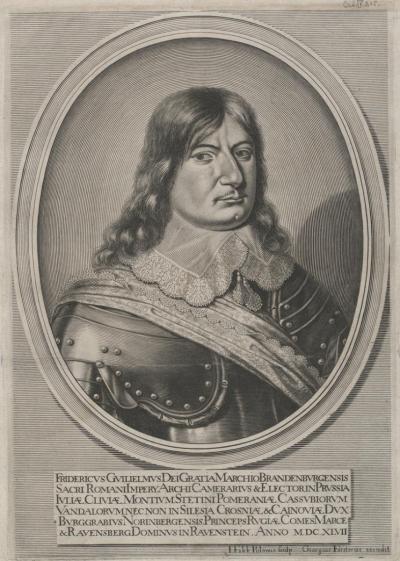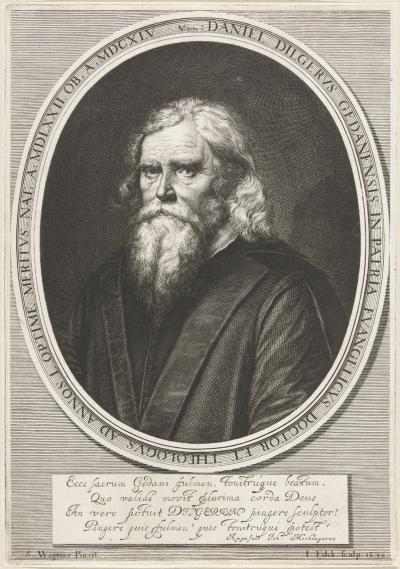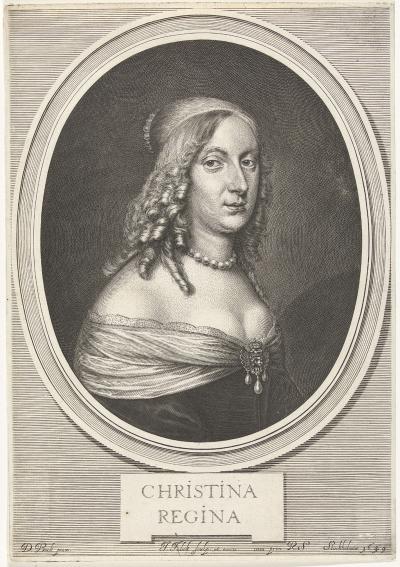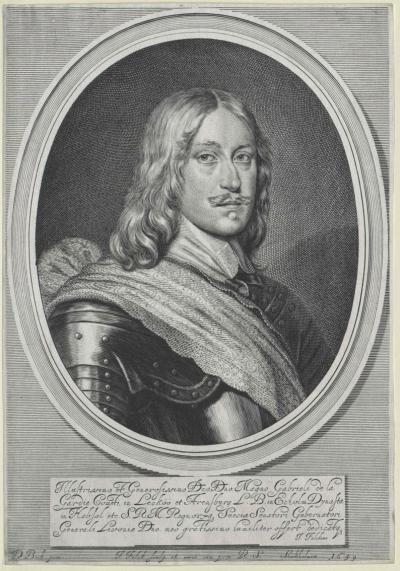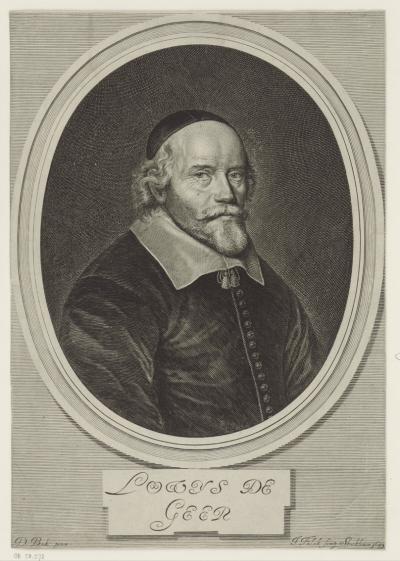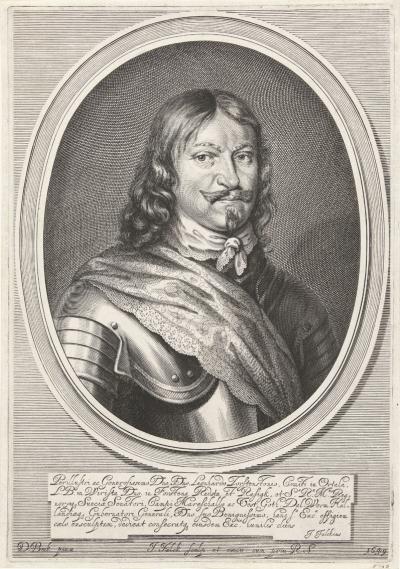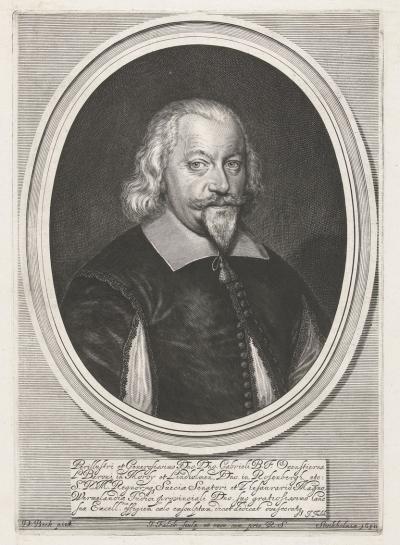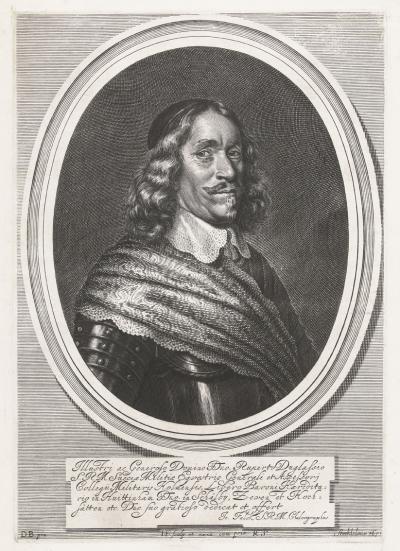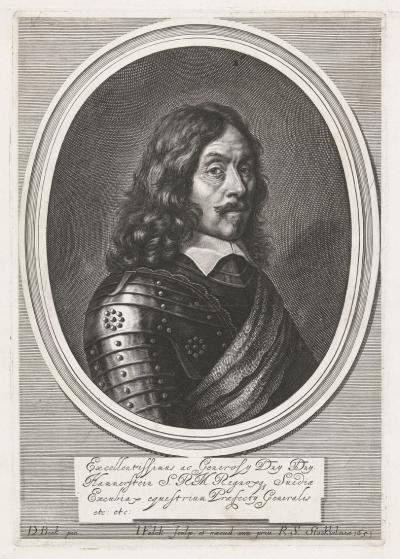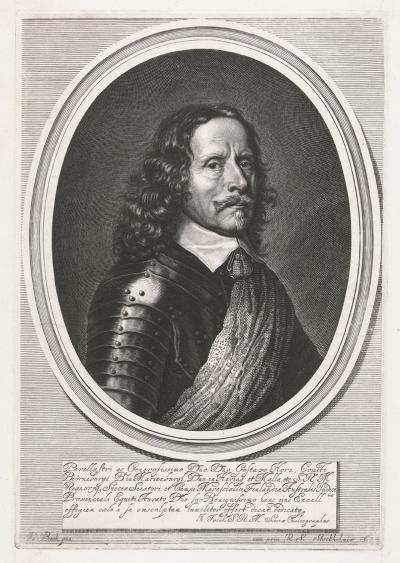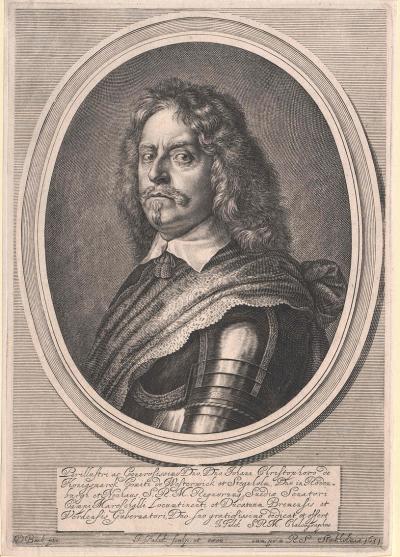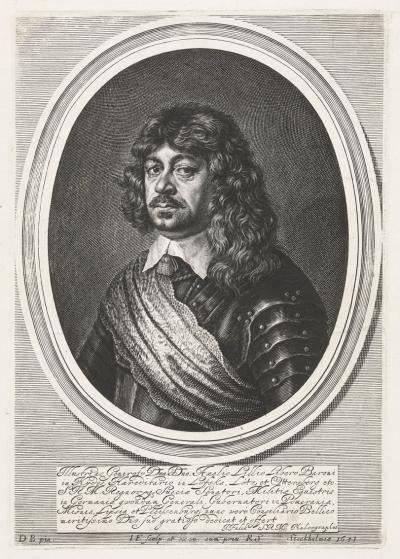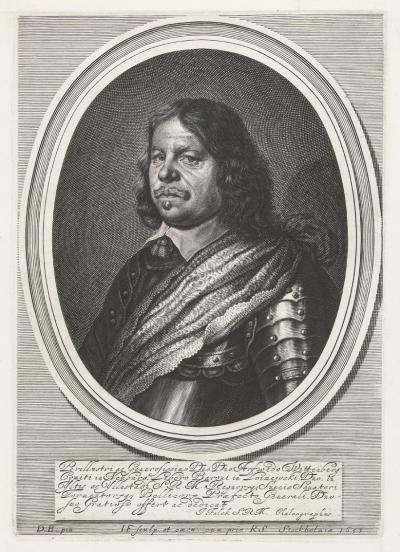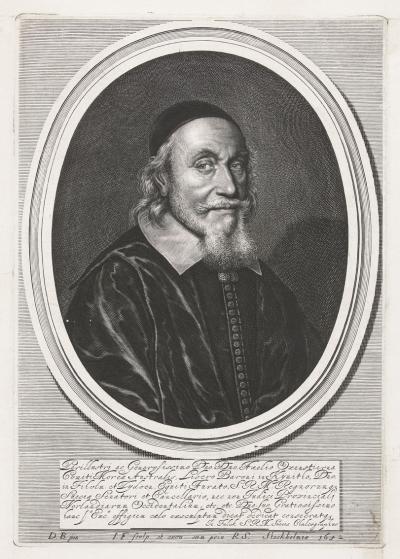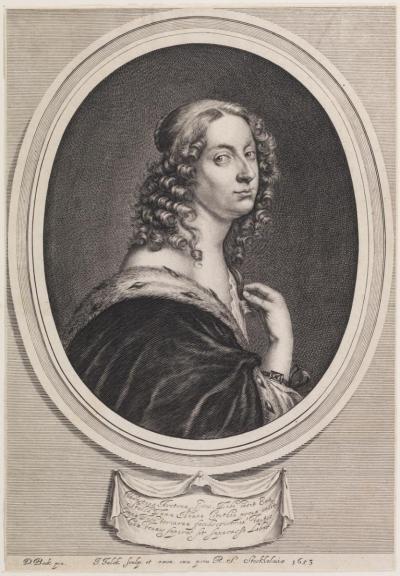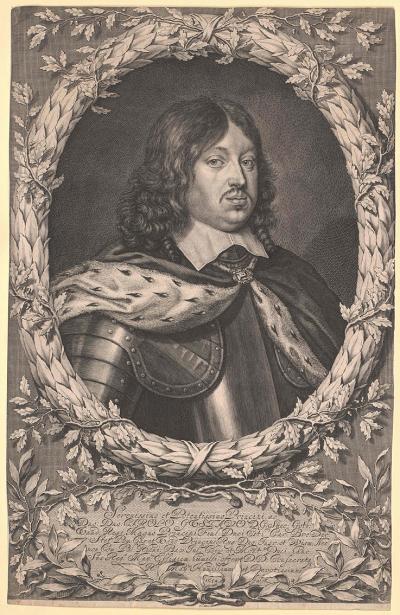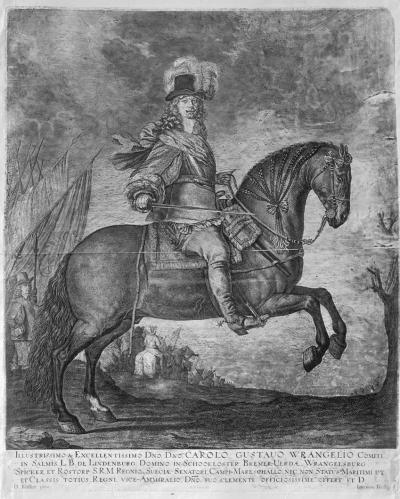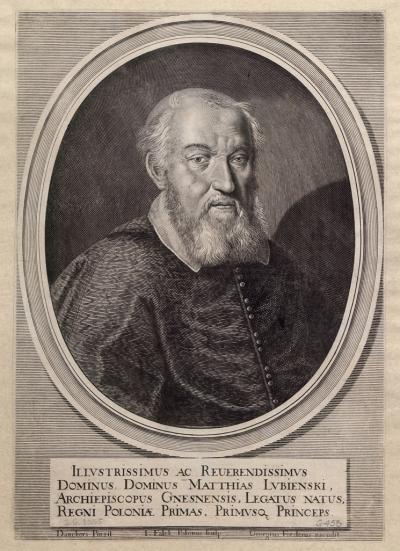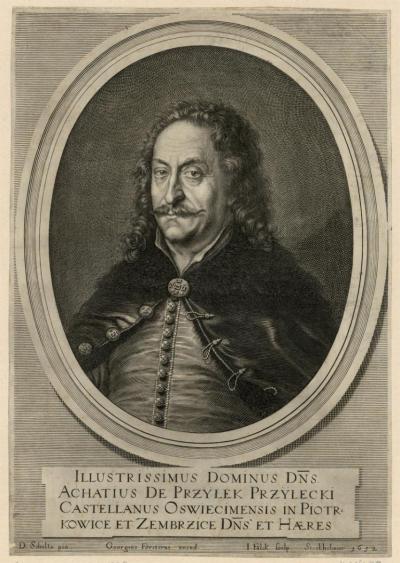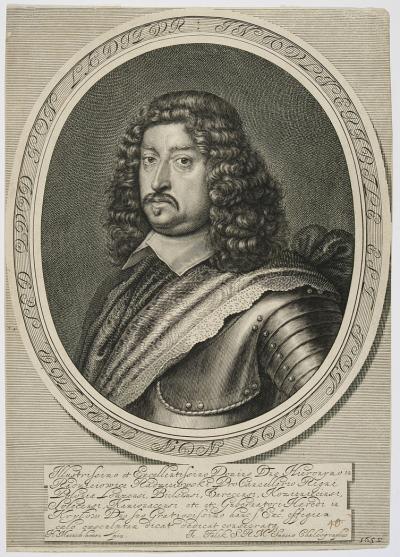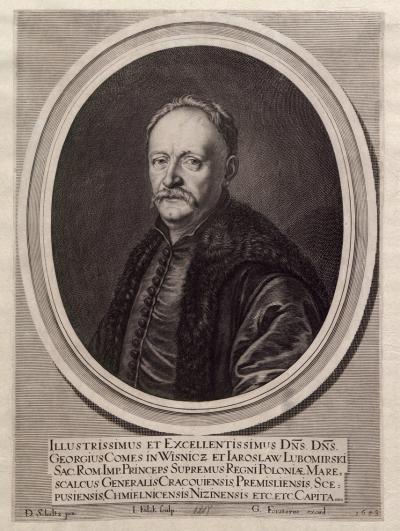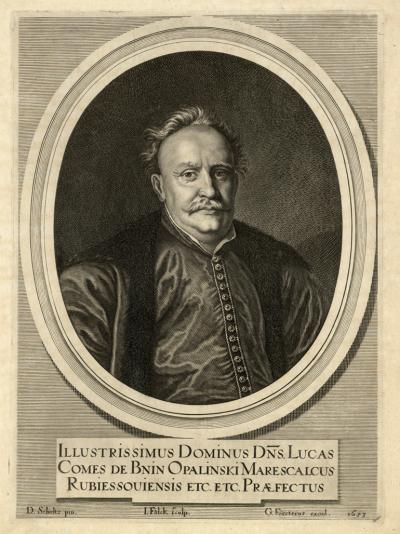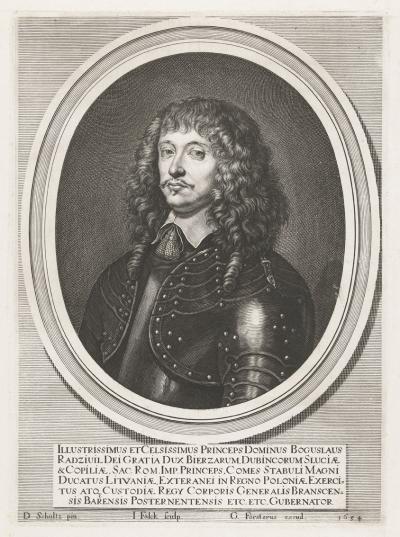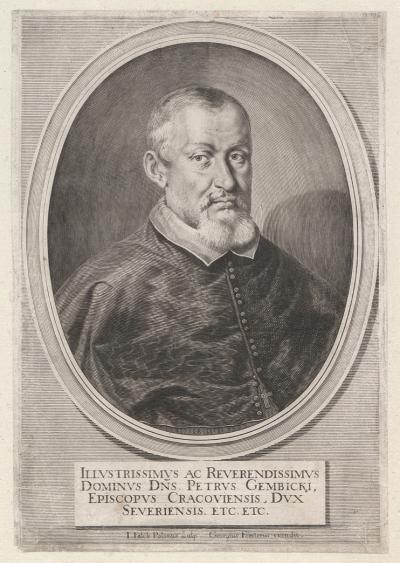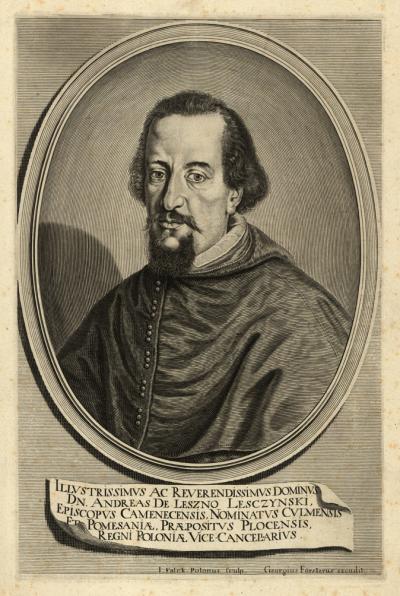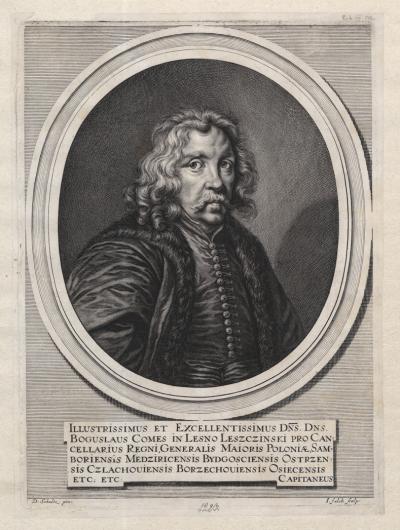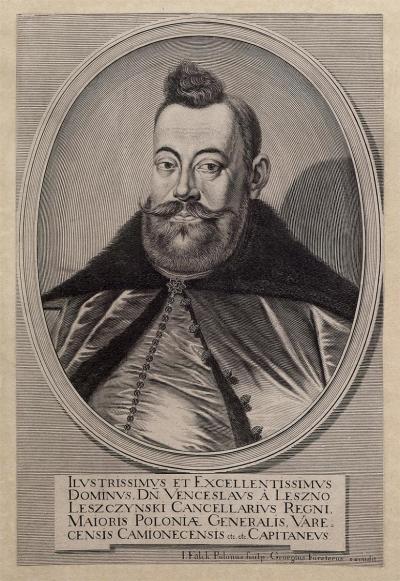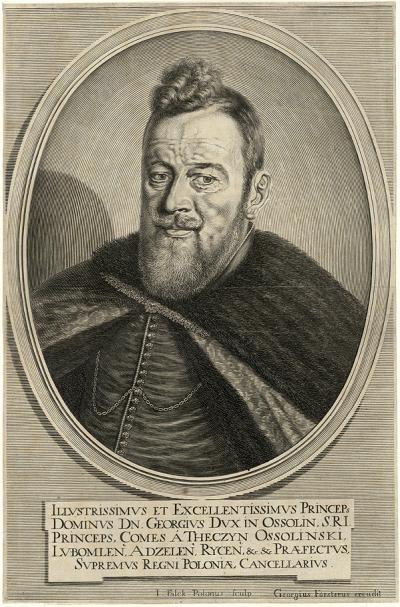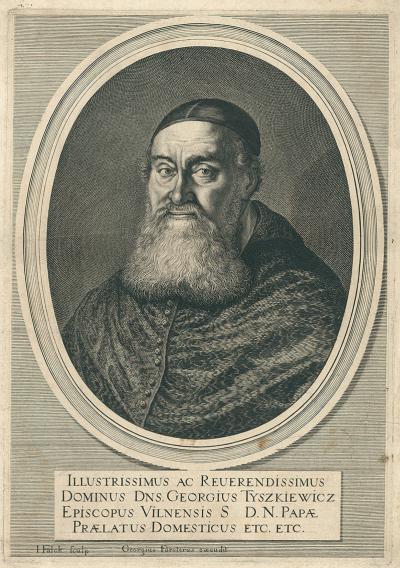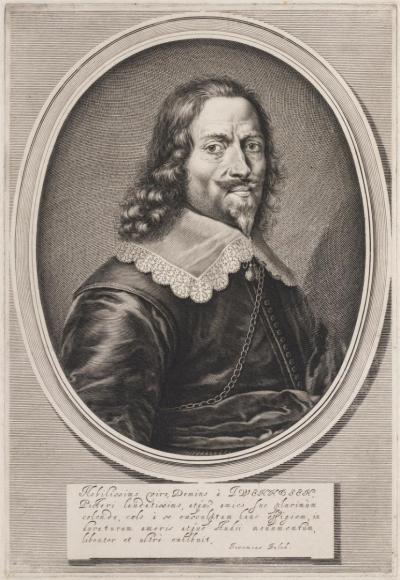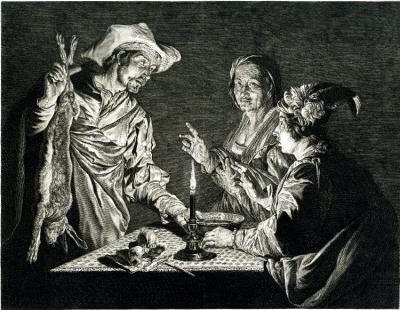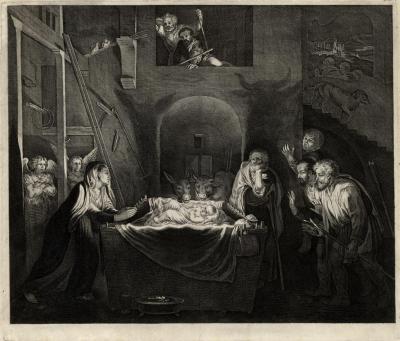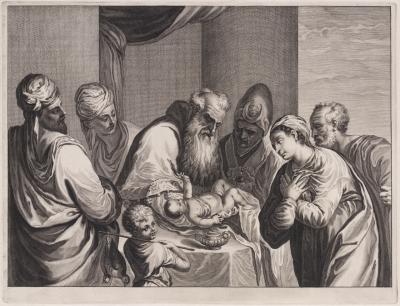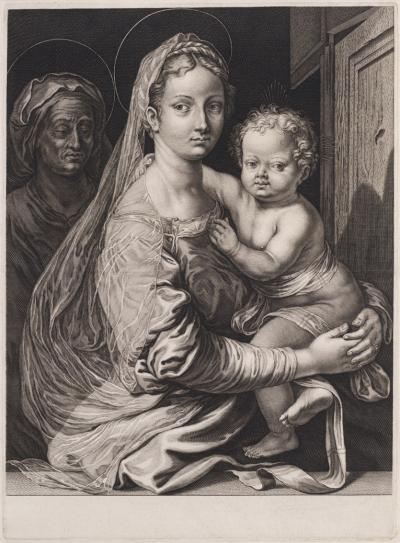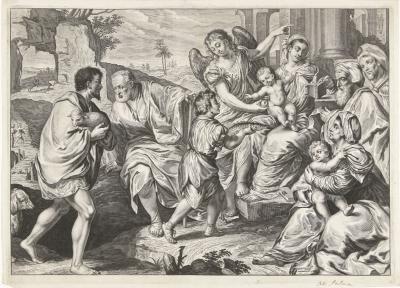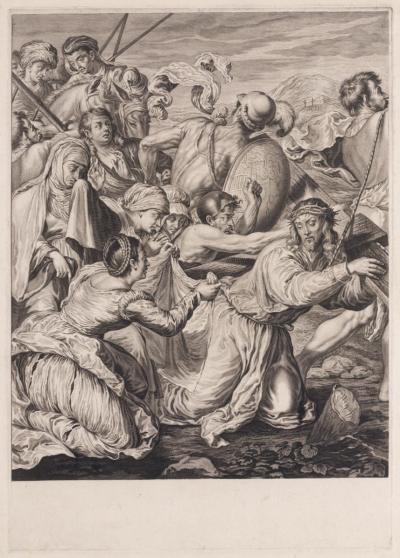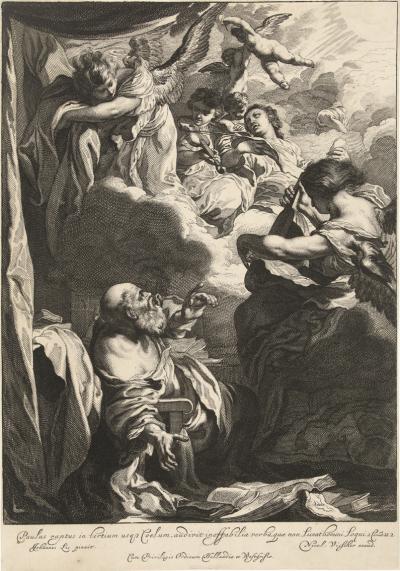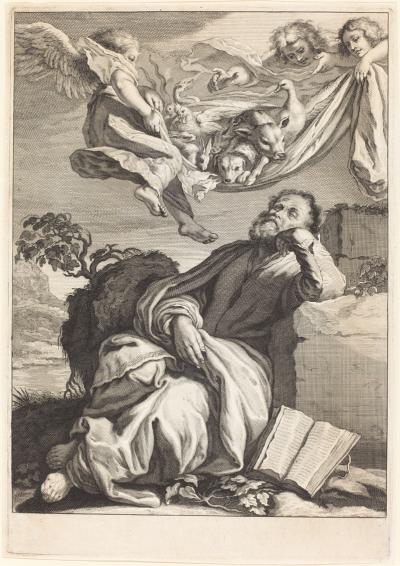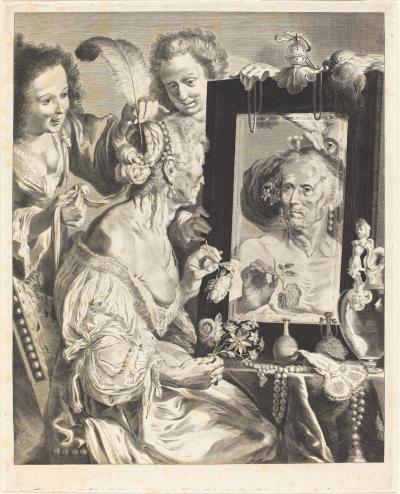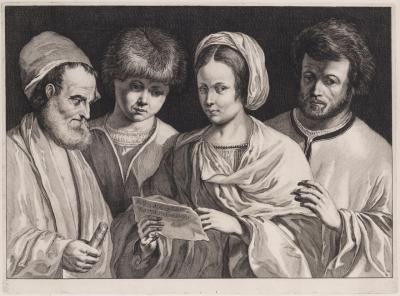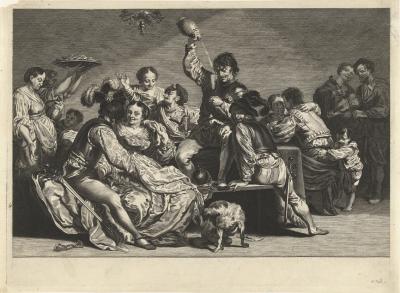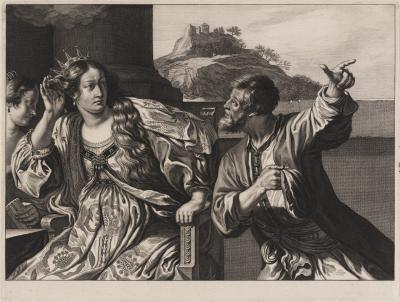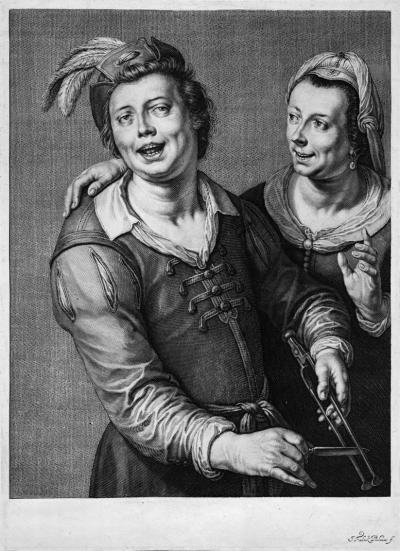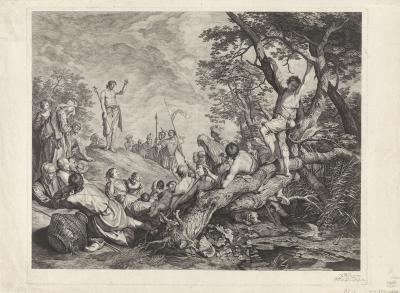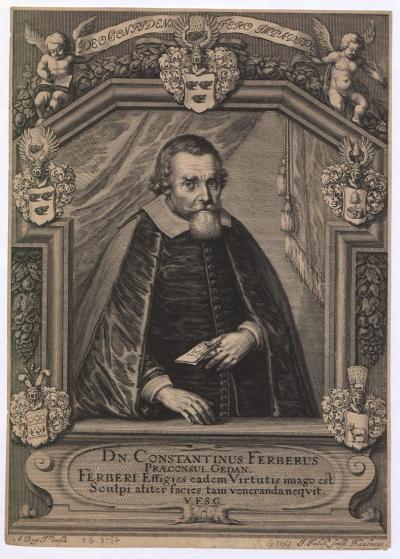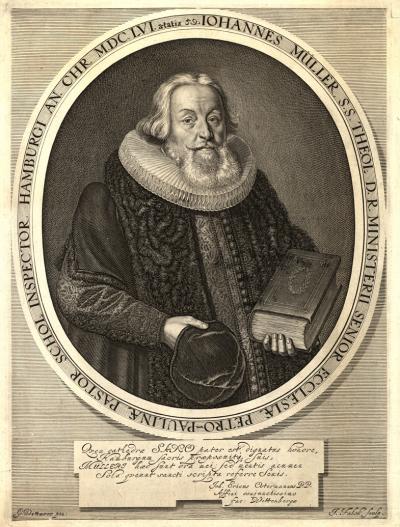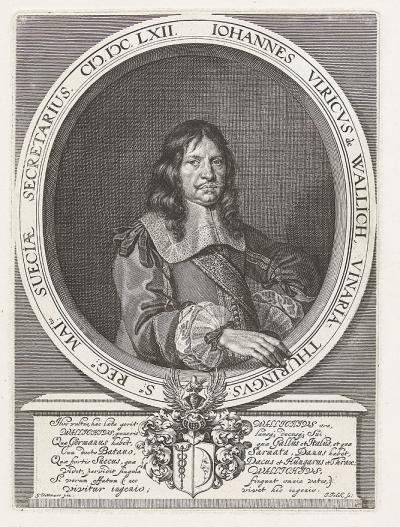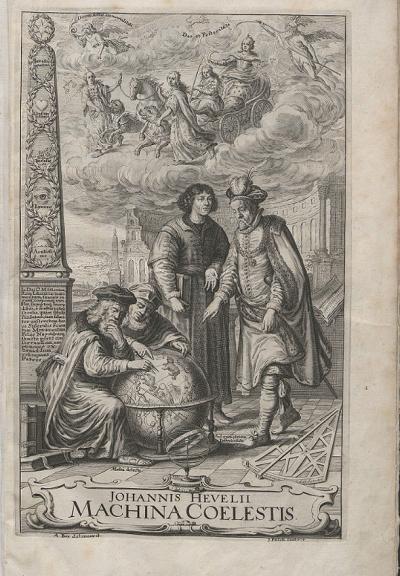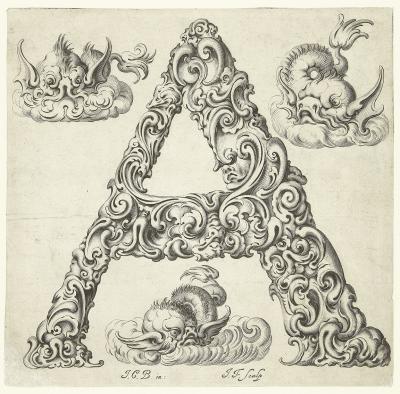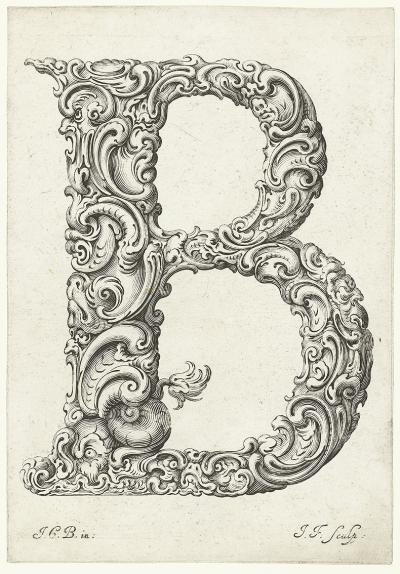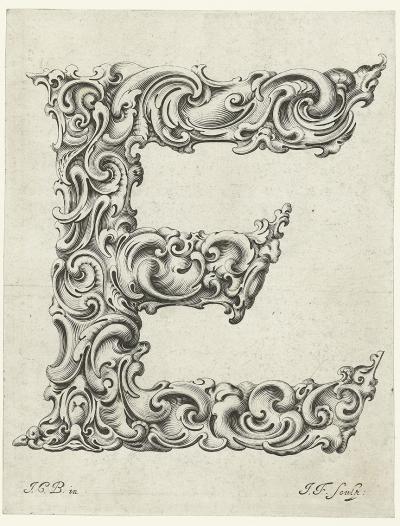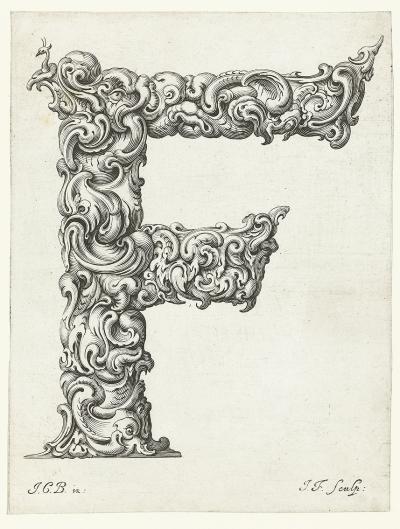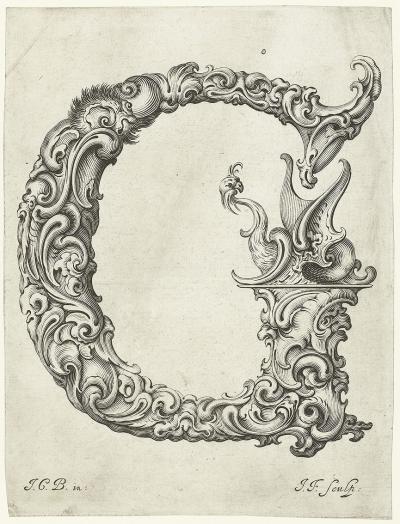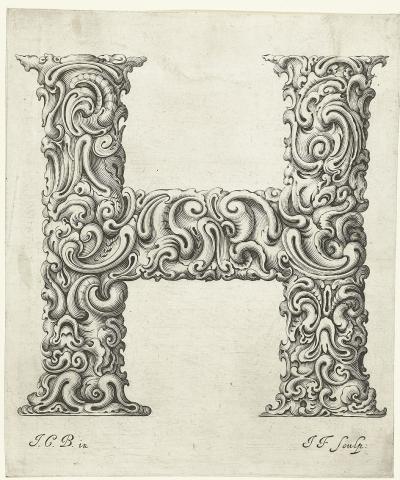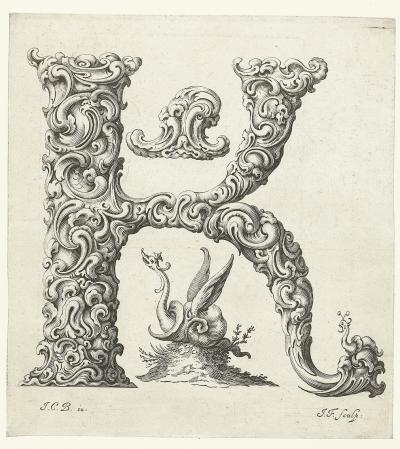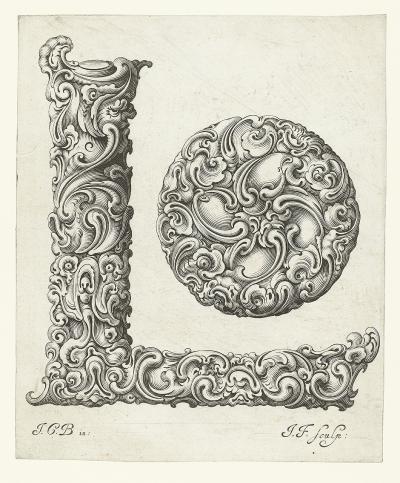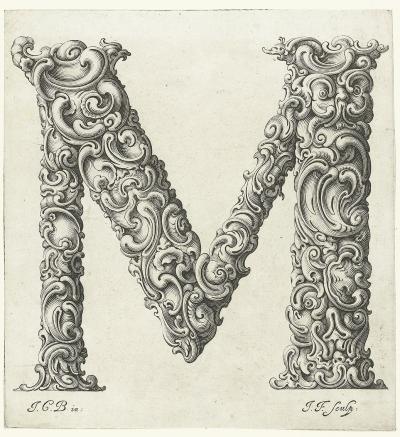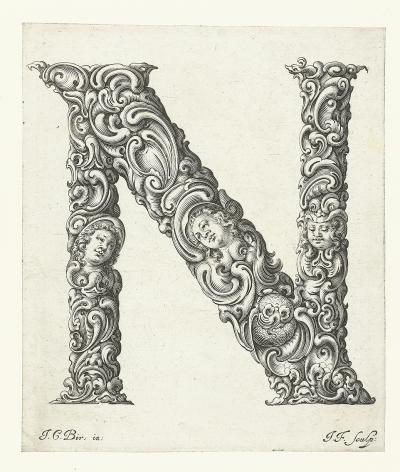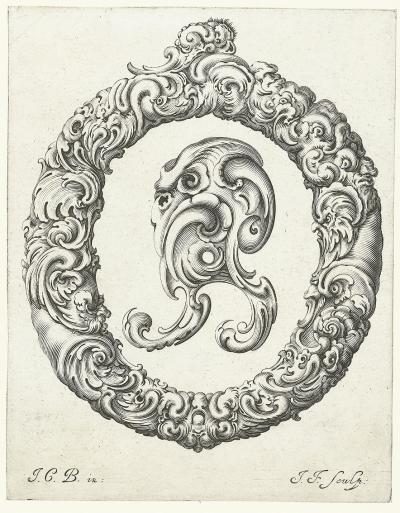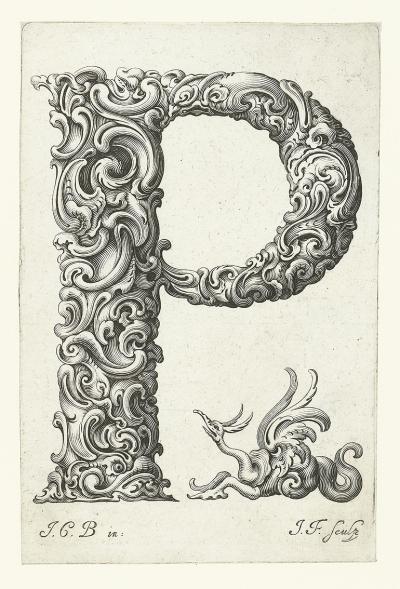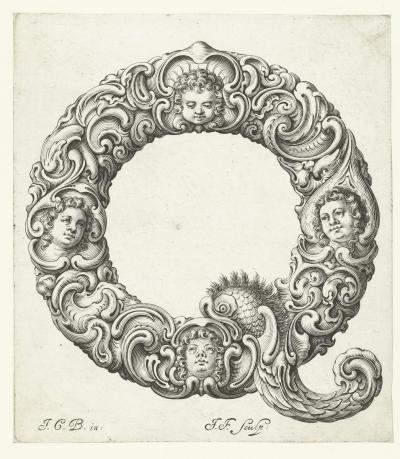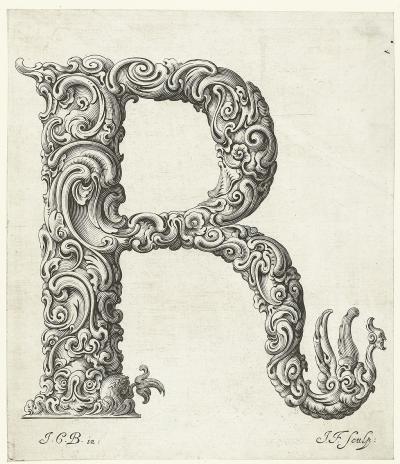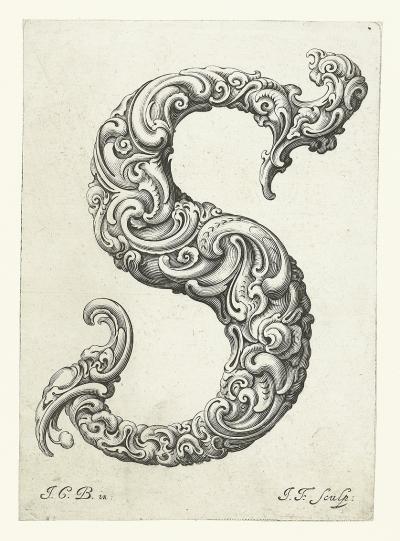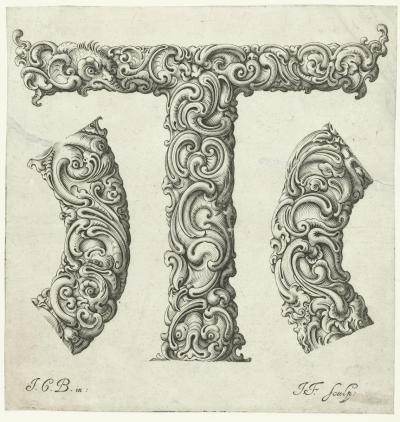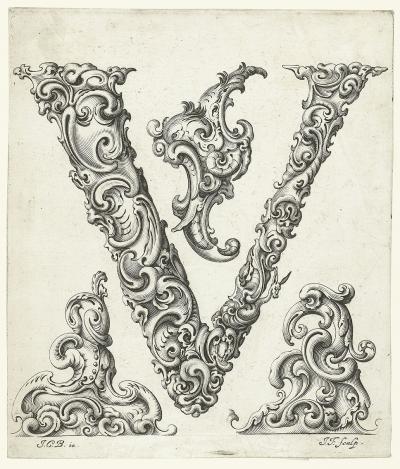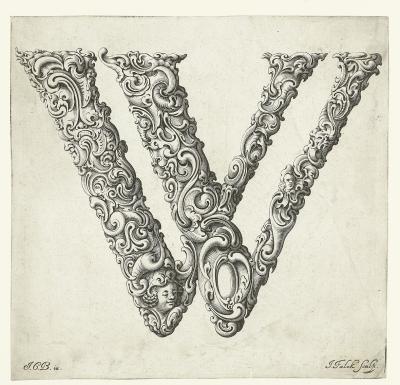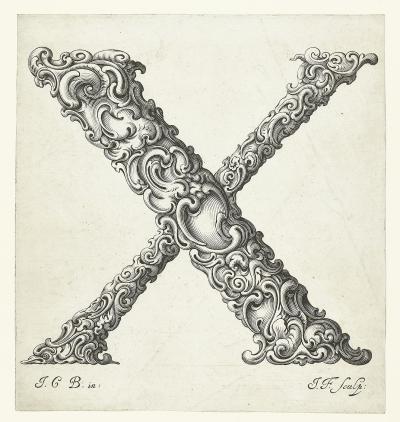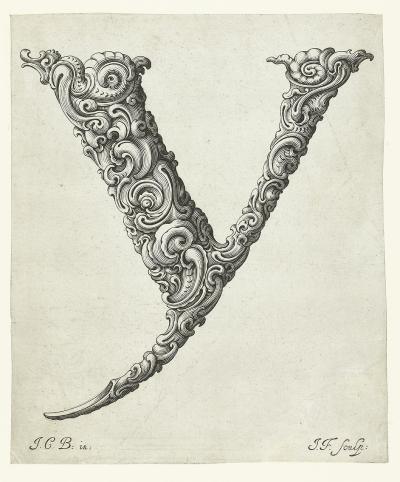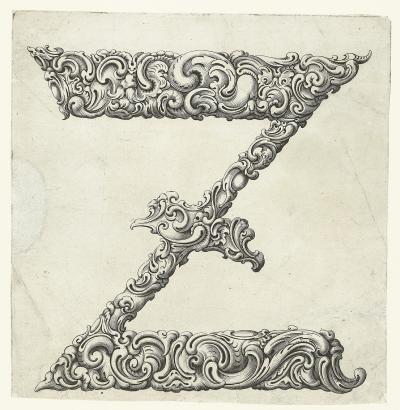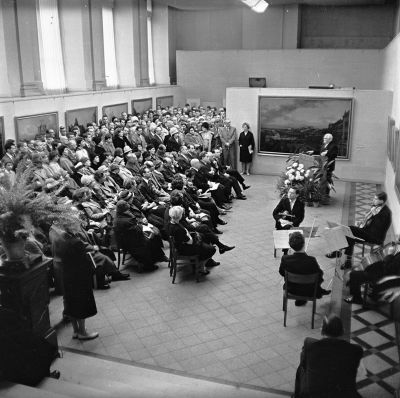Jeremias Falck

During his stay in Danzig between 1650 and 1654 Falck made copperplate engravings of Polish aristocrats, mostly based on paintings by the Danzig artist, Daniel Schultz (the Younger, 1615-1683), who was the court painter to the Polish kings Johann II Kasimir Wasa, Michael Korybut Wiśniowiecki and Johann III Sobieski between 1649 and 1660. In 1650 he completed an engraving of King Władysław IV, who had died two years earlier. It was published by Förster in Danzig (Block 293, Ill. 54). In 1652, in Stockholm, he executed portraits of Maciej (Matthias) Łubieński (1572-1652), Archbishop of Gniezno (Block 256, Ill. 55), Achacy Przyłęcki (ca. 1630-1656), a state official in Kraków and Captain of Oświęcim (Block 274, Ill. 56); and Hieronim Radziejowski (1612-1667), a politician, diplomat and military commander who was forced to flee into exile in 1652 following a plot against the Polish king (Block 276, Ill. 57); in 1653 there followed portraits of Jerzy Sebastian Lubomirski (1616-1667), a general who fought against the Cossacks during the Polish-Lithuanian war (Block 257, Ill. 58), and of Łukasz Opaliński (the Elder, 1581–1654), who had been Captain of Poznań since 1615 and was the Grand Marshal of Poland and head of the County of Rawa between 1634 and 1650 (Mazowiecka, Block 270, Ill. 59); the last two were published by Förster. In 1654 Falck completed a portrait of Bogusław Radziwiłł (1620-1669), Duke of Birsen and Dubinki, who lived at the court of Johann II in Warsaw from 1648 onwards, and in 1651 commanded the forces who defeated the Cossacks in the Battle of Beresteczko (Block 277, Ill. 60). This was also published by Förster.
Presumably during his years in Danzig, he made a series of undated portraits of Polish aristocrats for the publisher Georg Förster. Some of them were signed with the additional designation “Polonus”. His subjects included Piotr Gembicki (1585-1657), who was made Grand Chancellor under Władysław IV in 1638 and Bishop of Kraków in 1642 (Block 243, Ill. 61), Andrzej Leszczyński (1608-1658), vice-Chancellor from 1645, from 1646 Bishop of Chełmno (Block 252, Ill. 62), Bogusław Leszczyński, Duke of Leszno (1614–1659), in 1642 starost of Greater Poland, between 1650 and 1658 Grand Treasurer of the Crown/Podskarbi wielki koronny (Block 253, Ill. 63), Wacław Leszczyński (1576-1628), from 1625 Grand Chancellor of the Crown, in 1628 starost of Greater Poland (Block 254, Ill. 64), Jerzy Ossoliński (1595-1650), a Polish-Lithuanian statesman who became Grand Chancellor of the Crown in 1643 (Block 271, Ill. 65), Jerzy Tyszkiewicz (1596-1656), from 1649 Bishop of Wilno (Block 286, Ill. 66), and finally a portrait of the Amsterdam painter, Helmich van Tweenhuysen II, probably based on a self-portrait (Block 249, Ill. 67).
In 1655 Falck fled from Danzig with Hondius and Förster because they feared that the Second Nordic War between Sweden and Poland would spread as far as Danzig. After the abdication of Queen Christina in 1654, the Polish King Johann II Kasimir, great grandson of the Swedish King Gustav I (1496-1560) and last surviving Wasa, laid claim to the Swedish throne. Simultaneously the war between Sweden and Poland was all about which country was to dominate the two Baltic states. In July 1655 the Swedish Field Marshal, Arvid Wittenberg (Ill. 49) left Pommerania for Poland with an army of 14,000 men to counter the Polish forces of 13,000 men and 1,400 peasants in the Battle of Ujście. The Swedish King Karl X Gustav (Ill. 52) occupied Poland with an army of 15,000 men. Falck went to Copenhagen to apply for a post at the Danish Court. There he made a portrait of Friedrich III, King of Denmark and Norway (1609-1670), in a wreath of laurels with a suit of armour and ermine mantle. Duplicates appeared in Hamburg one year later. (Block 236, Ill. 68).
When Falck’s efforts to find a post in Copenhagen proved unsuccessful he travelled to Amsterdam, possibly on the advice of the Dutch artists and publishers he had met during his time in Paris. There he found work with the Amsterdam merchant and art collector, Gerrit Reynst (1599-1658), who had commissioned a group of engravers to engrave his complete art collection: these included Cornelis II van Dalen, Cornelis Visscher, Pieter Pietersz Holsteyn, Jan Lutma and Theodor Matham [11] (Block, PDF, p. 10 also names Jacob Matham and Schelte Adamsz. à Bolswert). From 1625 onwards, along with his brother Jan (1601-1646) Gerrit Reynst collected them in Venice and after he died in Amsterdam they were made accessible to the general public. The collection of engravings was never completed after Reynst, who was the Lord Mayor of Amsterdam, drowned in the canal in front of his house in 1658. In December that year Falck, who was now in Hamburg wrote to Johannes Hevelius in Danzig that he had “wretchedly perished” (Block, PDF, p. 11). Thirty-four etchings based on paintings in the Reynst collection[12], of which 13 were by Falck, appeared in a work published by Cornelis Visscher in 1660.[13] By this time Reynst’s widow had sold the art works to collectors all over Europe and to the Netherlands States General. The latter then made a gift of its 24 paintings, most from the time of the Italian Renaissance, to King Charles II of England (the so-called “Dutch Gift“), an act intended to improve the relations between the two countries. In 1657 Falck moved to Hamburg, as is demonstrated by a portrait dated in the same year of the Professor of Law in Rostock, Christian Woldenberg. Falck wrote to Hevelius that Reynst had paid him a fee of 2600 guilders for his work.
[11] British Museum, Collection online: Variarum imaginum a celeberrimis artificibus pictarum Caelaturae / Cabinet Reynst, http://www.britishmuseum.org/research/collection_online/collection_object_details.aspx?objectId=3170445&partId=1&searchText=Falck,+Jeremias&page=1
[12] Anne-Marie S. Logan: The 'Cabinet' of the Brothers Gerard and Jan Reynst, Amsterdam, Oxford, New York 1975
[13] Cornelis Visscher: Variarvm imaginvm a celeberrimis artificibus pictarum. Carlaturae elegantissmis tabvlis repraesentatae. Ipsae picturae partim extant apud viduam Gerardi Reynst quondam huius urbis senatoris ac scabini, partim Carolo II Brittanniarum regi a potentissime Hollandiae West-Frisiaeque ordinibus dono missae sunt, Amsterdam nach 1660. Ein vollständiges Exemplar im British Museum, London, http://www.britishmuseum.org/research/collection_online/search.aspx?searchText=1945,0130.2.1-34




















































































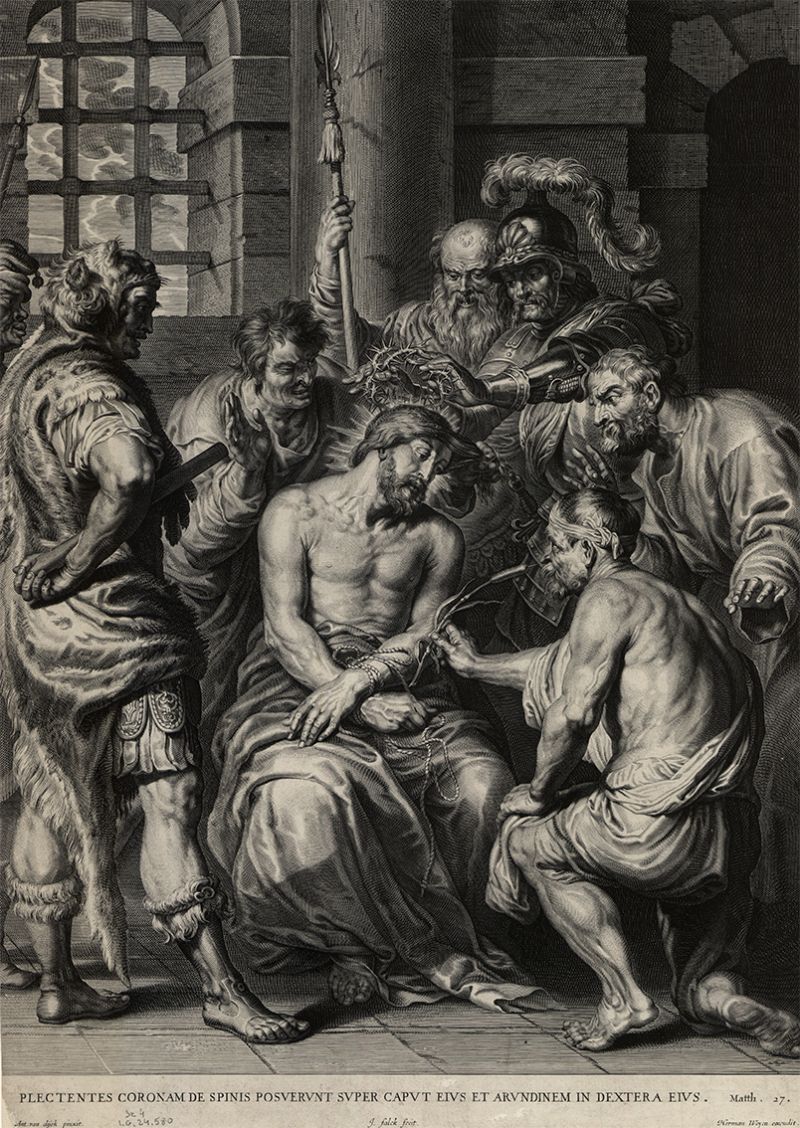
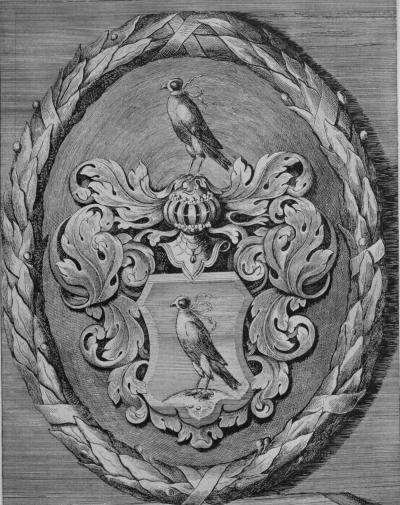
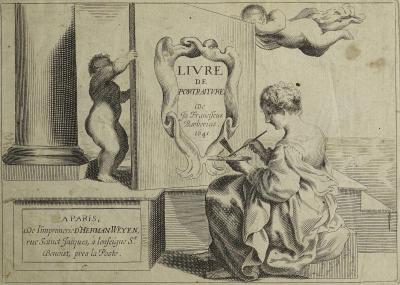

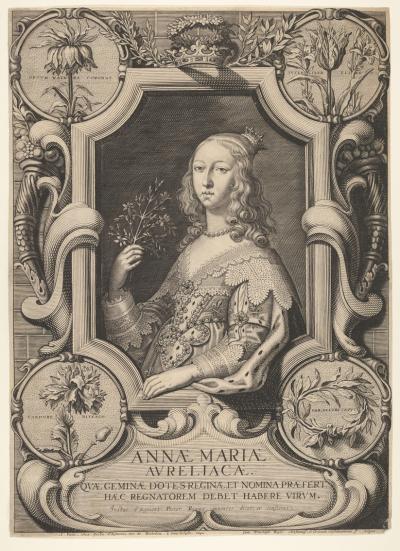
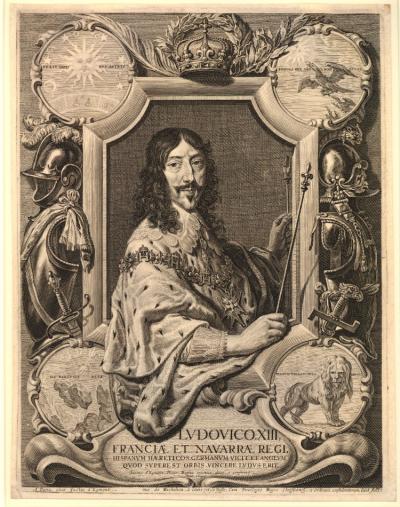
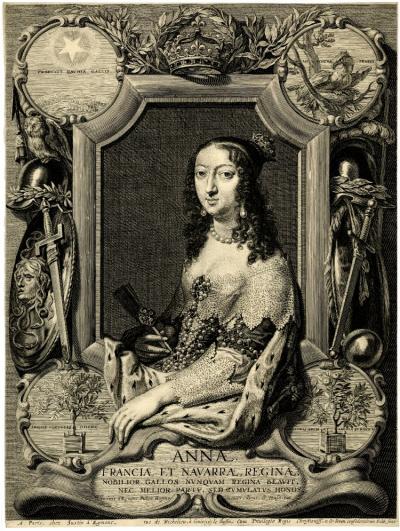
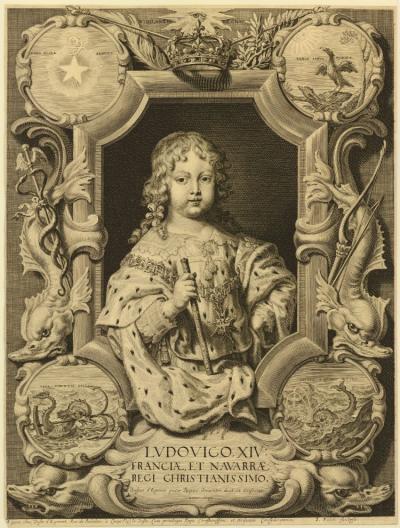
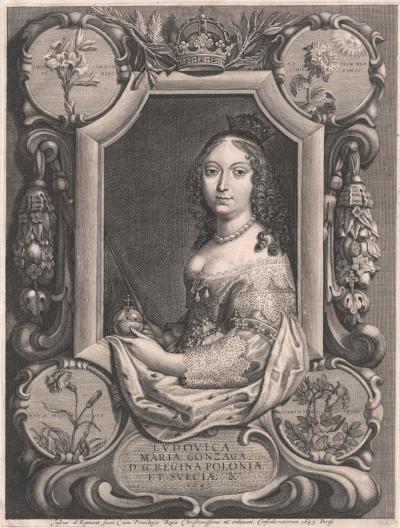
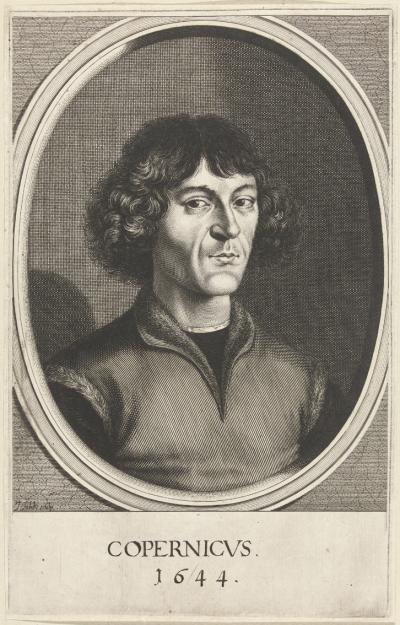
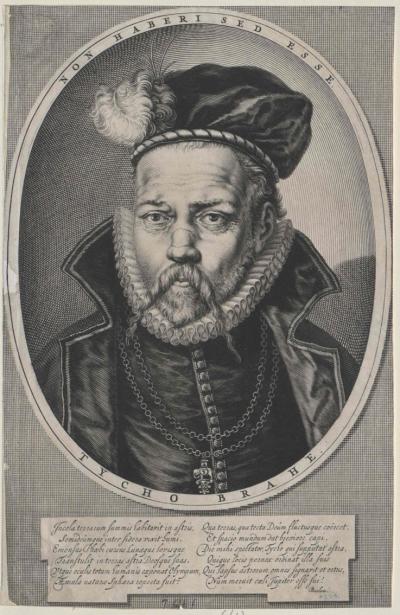
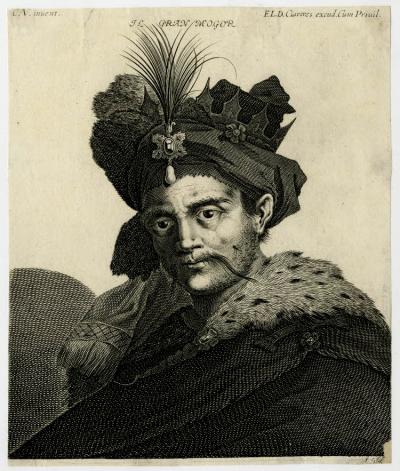
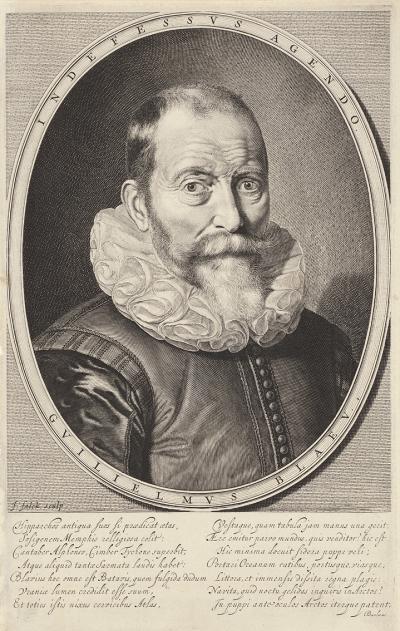
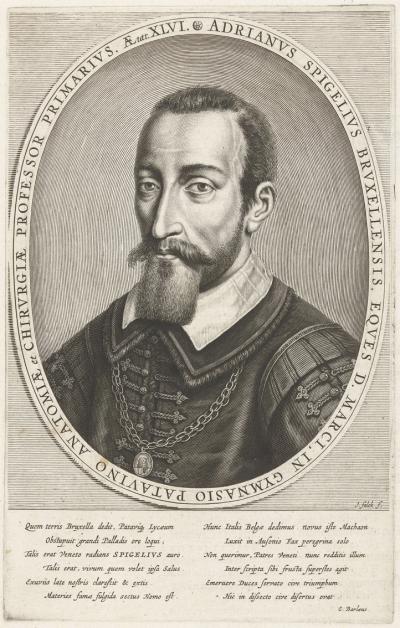
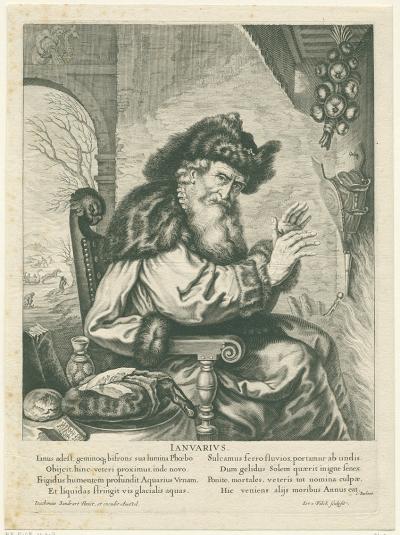
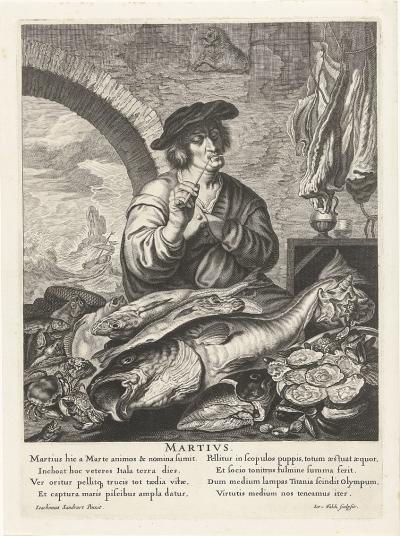
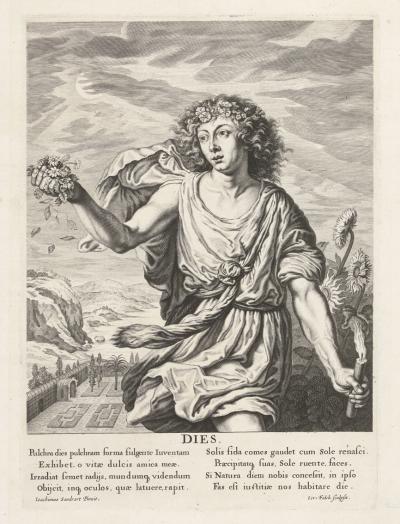
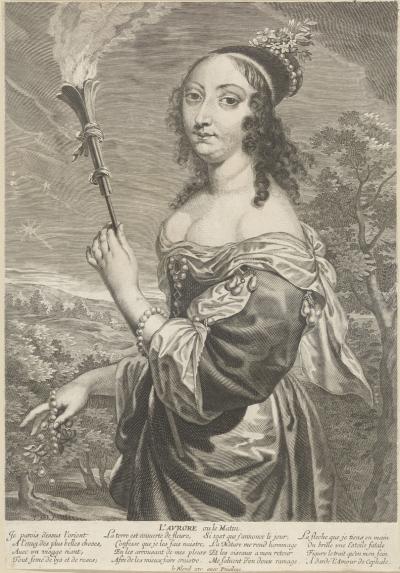
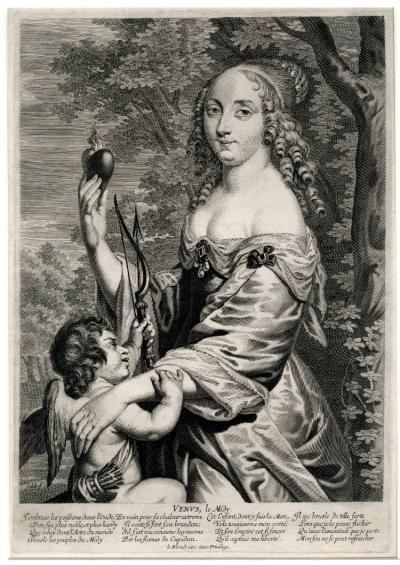
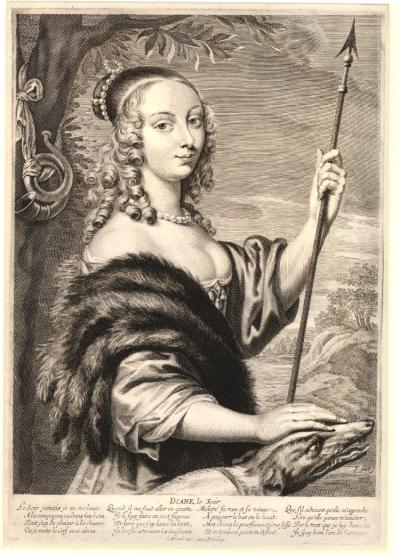
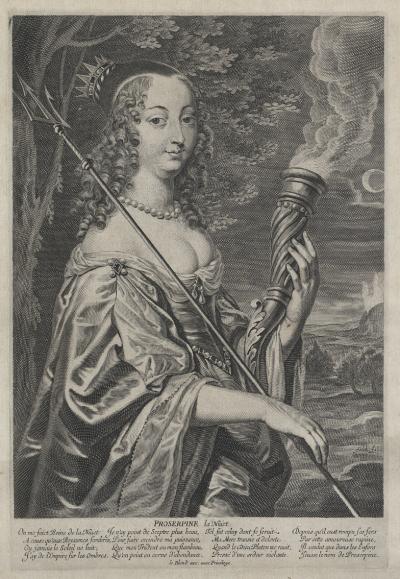

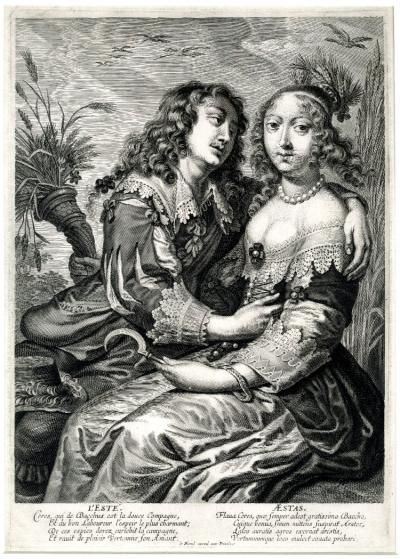
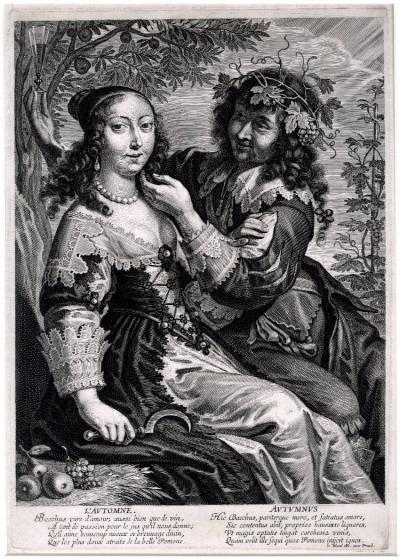
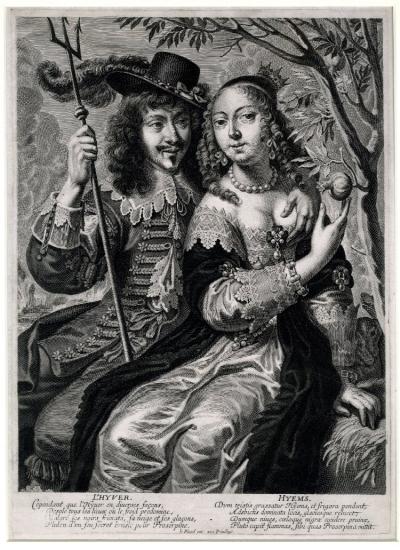
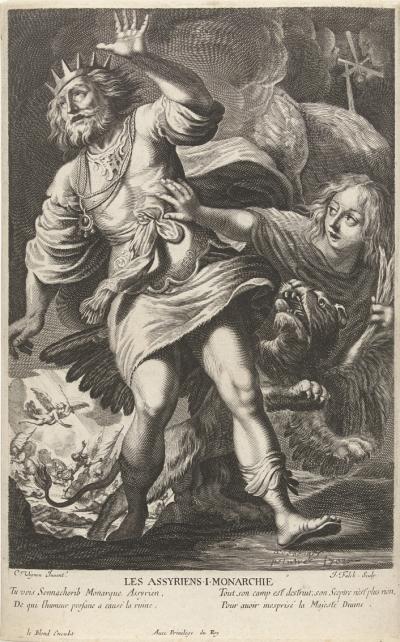
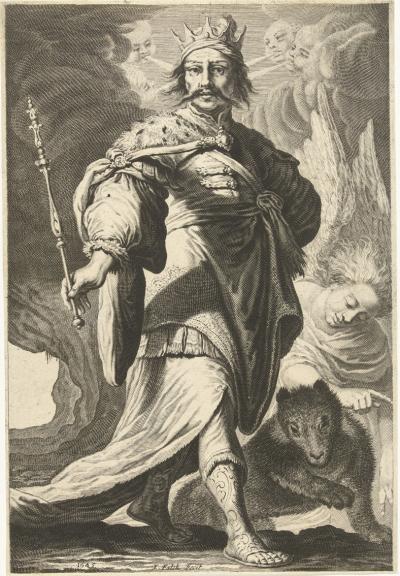

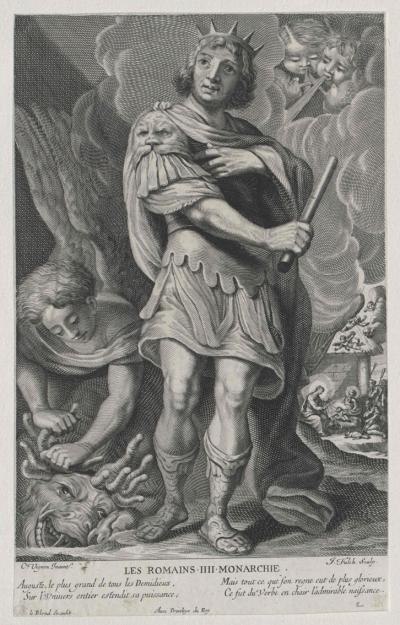
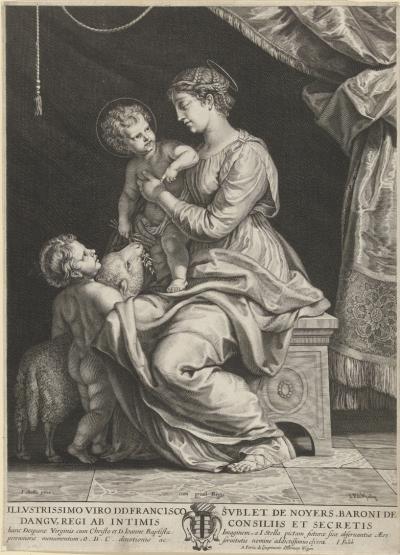
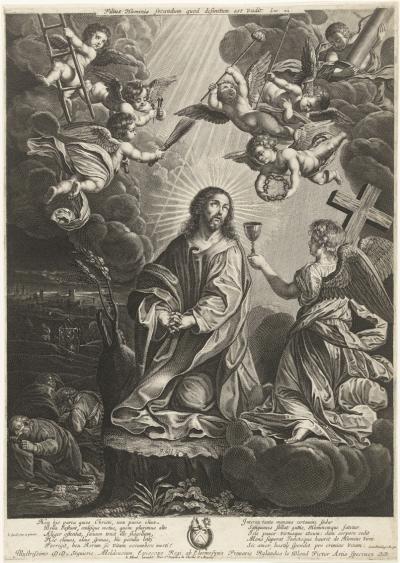

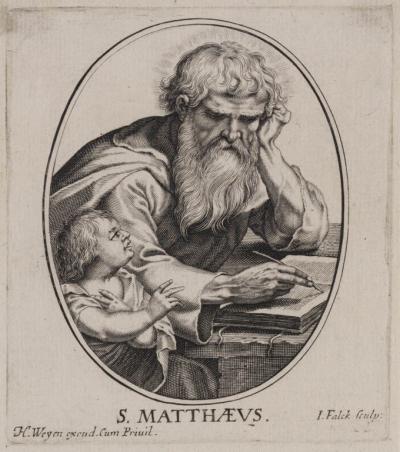
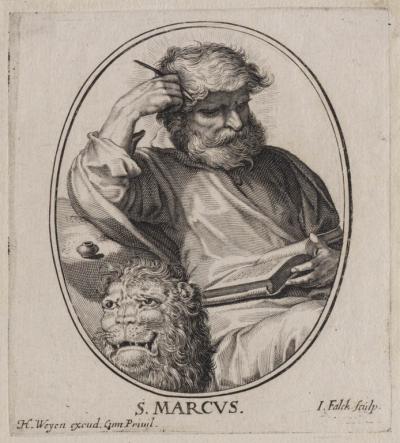
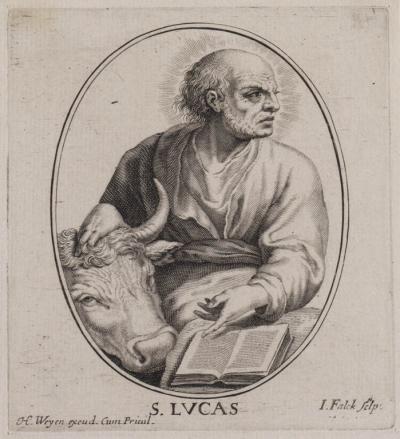
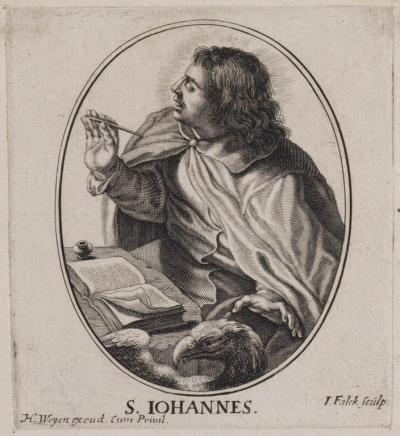
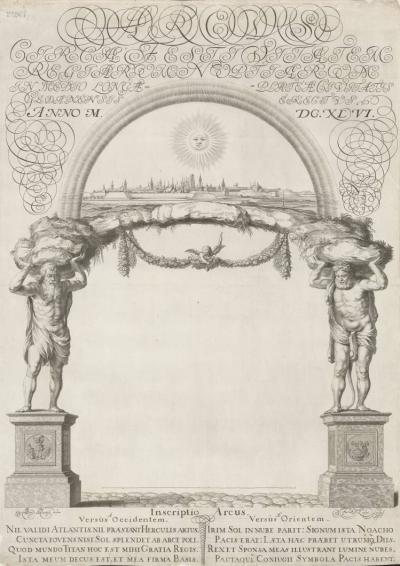

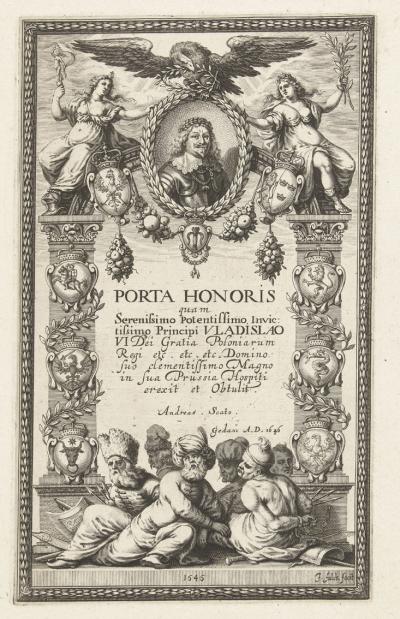
![Ill. 33: Title copper: Jerzy Ossoliński kneels before Pope Urban VIII Ill. 33: Title copper: Jerzy Ossoliński kneels before Pope Urban VIII - To the work by Jerzy Ossoliński: Illustrissimi et Excell[entissi]mi. Copper engraving after unknown. Original, 19 x 14,3 cm, not signed.](/sites/default/files/styles/width_100_tiles/public/assets/images/33_titelkupfer_1647_ossolinski.jpg?itok=In5yX0Cb)
